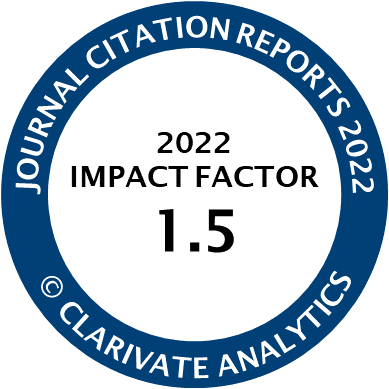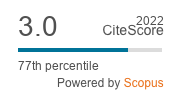Article | Open Access
Transnationalism and Belonging: The Case of Moroccan Entrepreneurs in Amsterdam and Milan
| Views: | 2638 | | | Downloads: | 1321 |
Abstract: Research on migrant transnationalism has mostly focused on particular transnational activities, their salience in various contexts and populations, and their relationship with migrant incorporation. Less attention has been paid to the interplay between the different domains of transnationalism (economic, political, and socio-relational) and to the way in which they affect migrants’ identity. This study investigates whether and how one domain of migrant transnationalism—transnational entrepreneurship—influences migrants’ (1) transnational involvement in other domains and (2) sense of belonging to different social groups and places. Focusing on the case of Moroccan entrepreneurs in Amsterdam, the Netherlands, and Milan, Italy, we compare transnational migrant entrepreneurs, whose business is based on cross-border relationships and exchanges, with domestic migrant entrepreneurs, who are active exclusively in the destination country. Combining quantitative and qualitative data, we find that transnational entrepreneurs differ from domestic entrepreneurs mostly in terms of socio-relational transnational involvement. On the other hand, transnational entrepreneurship does not substantially change transnational practices in other domains or sense of belonging among Moroccan migrants.
Keywords: belonging; migrant entrepreneurship; Moroccan migrants; transnational entrepreneurship; transnationalism
Published:
Supplementary Files:
© Giacomo Solano, Raffaele Vacca, Matteo Gagliolo, Dirk Jacobs. This is an open access article distributed under the terms of the Creative Commons Attribution 4.0 license (http://creativecommons.org/licenses/by/4.0), which permits any use, distribution, and reproduction of the work without further permission provided the original author(s) and source are credited.




